12+ Sample Land Sale Proposal
-
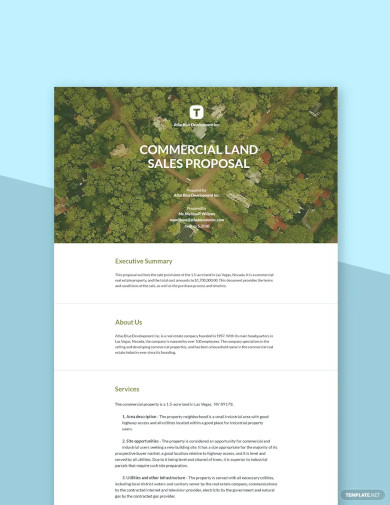
Land Sale Proposal Template
download now -
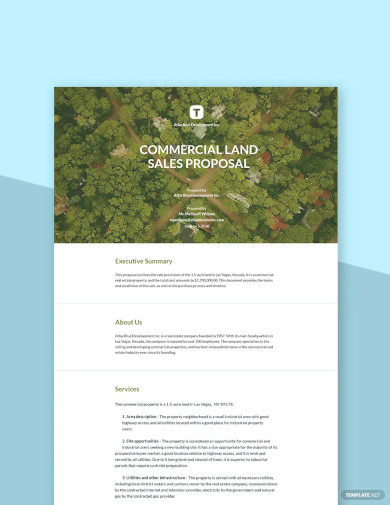
Land Sale Proposal Template
download now -

Land Sale Proposal Template
download now -
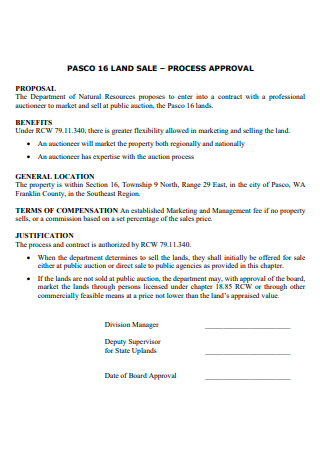
Land Sale Process Approval Proposal
download now -
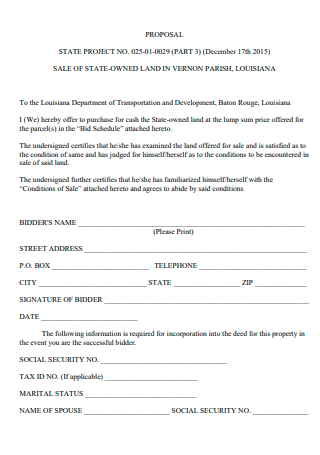
Owned Land Sale Proposal
download now -
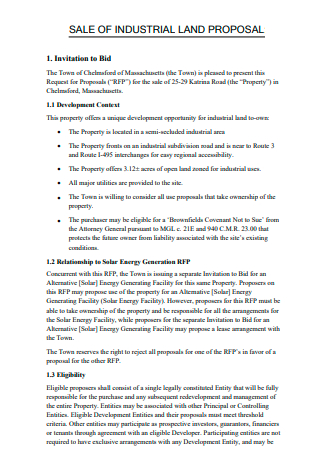
Industrial Land Sale Proposal
download now -
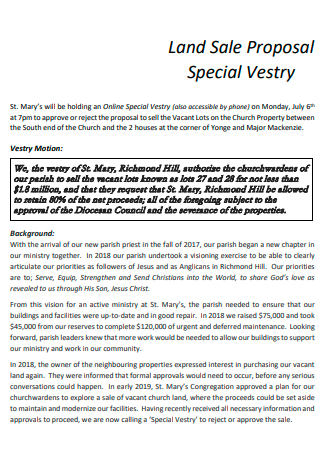
Land Sale Proposal Example
download now -
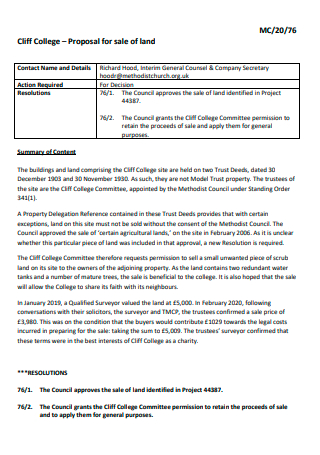
College Land Sale Proposal
download now -
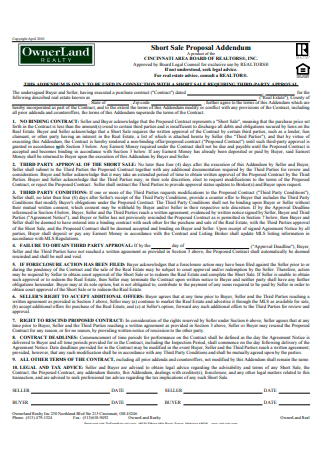
Owner Land Sale Proposal Addendum
download now -
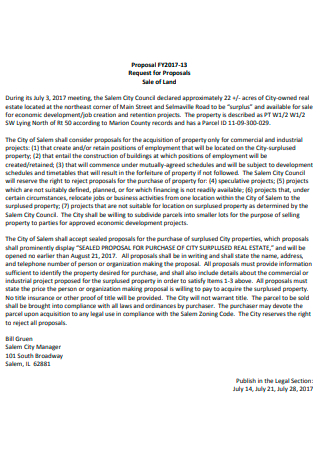
Land Sale Request For Proposal
download now -
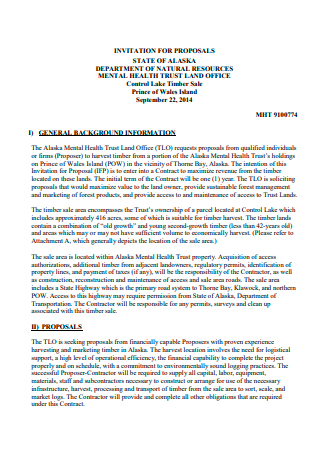
Land Office Sale Proposal
download now -
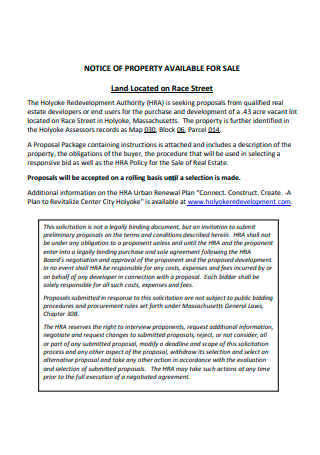
Street Land Sale Proposal
download now -
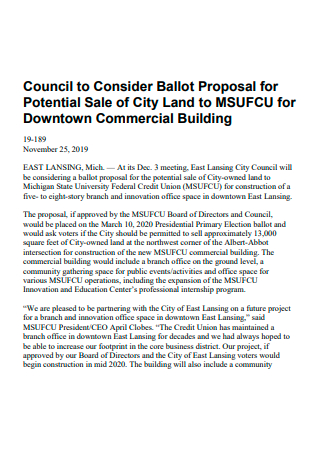
Land Sale Proposal in PDF
download now
FREE Land Sale Proposal s to Download
12+ Sample Land Sale Proposal
a Sales Proposal?
Benefits of Owning a Land
Tips Before Purchasing a Land
How To Create a Winning Commercial Real Estate Proposal
FAQs
What happens if the seller declines my offer?
How much time should a seller have to respond to an offer?
What does a lowball offer entail?
What Is a Sales Proposal?
A sales proposal is a record that every business owner and persuasive argument for establishing your client’s desires, assisting them in comprehending why they require you and your marketing products. A well-written sales proposal identifies the clients’ needs and places a premium on meeting those needs rather than simply selling them the products. Make them aware of their challenges in determining the source of demand. The leaflet should be able to take its readers on a visual tour of these obstacles and demonstrate how your products may help them overcome them. To compel clients to act by presenting them with the necessary information to make an urgent purchase. This includes having a well-defined budget, various payment options, and an understanding of precisely what they will receive for the money. Your paper’s length is governed by the nature and extent of the products and services described in your proposal. However, it is relatively common for such documents to be only a few pages long. According to statistics, just 47% of proposals result in a sale.
Benefits of Owning a Land
Purchasing raw land is no longer a scary task. Rural land is available throughout the United States. The land is relatively inexpensive, especially when purchased prudently from a reputable supplier. However, is it worth acquiring unoccupied land to build a house or sell later? Are you considering investing in raw land? Today, we’ll cover some of the great benefits of land ownership and debunk some fallacies. There are numerous advantages to land rights. Land ownership can provide tremendous returns. The land is generally regarded as a long-term asset that is tangible, useable, and restricted in availability. Due to the scarcity of land, long-term patterns indicate that land will continue to appreciate over time. While the location is critical, the price is much more critical. Also, it is the most undervalued real estate investment choice and is sometimes dismissed as pointless. Compared to some assets such as stocks and commodities, the land is always in demand. Land ownership benefits are cash returns on sales, lease income, additional help, and improved borrowing ability. The golden rule for making a property acquisition valuable is to purchase the correct piece of land at the right price. Consider the following noteworthy benefits of land ownership:
Tips Before Purchasing a Land
According to conventional thinking, real estate often grows in value over time. However, investing in undeveloped land is not as straightforward as purchasing a duplex. And as a result of the economic crises of the last decade, consumers had direct knowledge of the volatility of real estate and land, prompting them to cast doubt on traditional wisdom. The short answer is no. Land investment might be a prudent move. However, the trick is to enter the enterprise properly informed and with a game plan. Consider the following criteria before considering a land acquisition.
-
1. It’s critical to know what to search for in undeveloped terrain.
Raw land is an amorphous term that refers to undeveloped or underused terrain. When most people discuss investing inland, this is likely what they mean—affordably purchasing an out-of-town track and holding onto it until the time is perfect. Naturally, what you see is not necessarily what you receive. Regardless of how appealing the deal appears, ensure that you perform two steps before purchasing. First, obtain topography, soil, drainage, and other similar reports to ensure that you are buying the right property. Second, pay a personal visit to the land. This may seem self-evident, but many buyers purchasing undeveloped or isolated properties are content with a few satellite photographs.
2. Obtaining a land loan may be more complicated than you anticipate.
Purchasing land is more complex than purchasing a home. The logic is pretty straightforward. Since investment land is not intended to be a buyer’s primary house, it is considerably easier for owners to walk away from it if funds get tight. Most lenders will want a down payment of between 20% and 50%, and the interest rate may be higher. As a result, investing in land is probably only a realistic option for those with many liquid assets—and who are comfortable with their money becoming illiquid for an indefinite time. Of course, this does not imply you are without financial possibilities. Local lenders who are smaller in size may be more ready to give you wiggle room, and some may even provide specific financing options for this type of financing.
3. You’ll need a strategy for determining the turnaround time.
As with any real estate acquisition, the profitability of your investment is highly dependent on how long you want to stay in the property. For example, land purchased in 1970 will have significantly appreciated value despite numerous market swings. However, if you bought land before the 2007 housing bubble burst, you may face a loss if you attempt to sell today.
4. Bear in mind the tax implications.
Unless you intend to make purchasing and selling property a full-time company (in which case you would qualify for small business and self-employment tax deductions), taxes may put a damper on your land investment plans. Even if you haven’t profited from your investment, you must still pay property taxes. While you may overlook this tax while it is included in your monthly mortgage payment, you will be well aware of it when presented with a statement. Additionally, you’ll be forced to pay the IRS a portion of the revenues when you sell your property. Naturally, a few tax deductions help make the whole process more bearable. Ensure that you complete all applicable standards and itemize your deductions on your tax return.
5. Maintain an eye out for easements on your land.
As a property owner, you should be informed of the applicable legislation. An easement on your land allows others to utilize it in some instances. This can include granting right-of-way to local utility providers, neighbors, or the general public, regardless of whether the land contains a roadway or a power line. To determine whether a property is subject to an easement, conduct a title search. Unless all parties agree otherwise, the documentation remains connected to the title.
How To Create a Winning Commercial Real Estate Proposal
Proposals are a critical component of the commercial real estate industry’s marketing strategy. These agreements are intended to persuade the owner of a property to allow the broker to negotiate the transaction. However, writing winning proposals might be difficult. Brokers must offer their expertise as individuals and the business services and solutions they may deliver to their clients. Thus, here are some recommendations to assist you in developing a superior commercial real estate proposal that will outperform the competition.
-
1. Begin with a concise executive summary.
After the table of contents, you must provide an executive summary that summarizes the variables involved in selling or leasing a property or listing. It should not exceed one or two pages in length and should be written after the remainder of the proposal has been completed. This is your initial impression—so make the best one possible.
2. Define the term
Following the executive summary, you must specify the property details, including the property’s location, exterior, and interior descriptions, and any distinctive features or components. This proposal component should demonstrate to the client that you have accurately defined the property and identified potential and selling points for your marketing campaigns.
3. Provide geographic coordinates
The following section of your proposal should analyze the property’s or listing’s location information, including regional, geographical, and aerial maps. This proposal component should be brief in terms of text and primarily comprised of visuals such as maps. Make a note of location selling points for your marketing campaigns as well.
4. Summarize the current real estate market
After you’ve provided details about the property and its location, you’ll need to summarize the existing property market. This will require financial analysis, sales comparables, rent comparables, and demographic data. The objective is to educate your client about their property’s position in light of current market conditions and establish expectations regarding interest and price.
5. Provide precise marketing advice
The marketing recommendations section of your proposal is critical since it contains the marketing timeline, documentation, property website, campaigns, signs, and syndication information. It is essential to be as detailed with your recommendations, personalize them to the particular listing or property, and follow through.
6. Include information about you and your team, and use images.
While the core of your proposal should focus on the property and client, the back of the document might include information about your team and office. Keep this section brief and concise; include information about your fees and clarify what you will offer to the table. Additionally, each proposal should consist of high-quality images, photographs, and graphs. Avoid excessive written content and rely on visuals to walk your client through the proposal. Given that the buyer or seller would almost certainly not read these documents thoroughly, visual representations are critical.
FAQs
What happens if the seller declines my offer?
Typically, the initial offer will include a deadline specifying when you require a response from the seller. If you do not get a reply to your home offer by that time, it expires. This means you can walk away from the contract at any time.
How much time should a seller have to respond to an offer?
While sellers might theoretically take as long as they wish to react to an offer, most listing agents respond to purchasers within a few days. The standard appears to be 24 to 48 hours for most sellers and their representatives, but there are occasional outliers.
What does a lowball offer entail?
A lowball offer is significantly less than the seller’s asking price or is purposefully made too low to initiate discussions. Lowballing also refers to intentionally offering a lower price than is reasonable to gauge the seller’s reaction.
It should make little difference what type and extent of products and services you give your clients; the format and style of your paper should be nearly identical. Putting up a well-written sales proposal can be challenging. Still, with the templates and guidelines included in this article, you should be more than capable of putting together a comprehensive and effective technology sales proposal on your own time.
